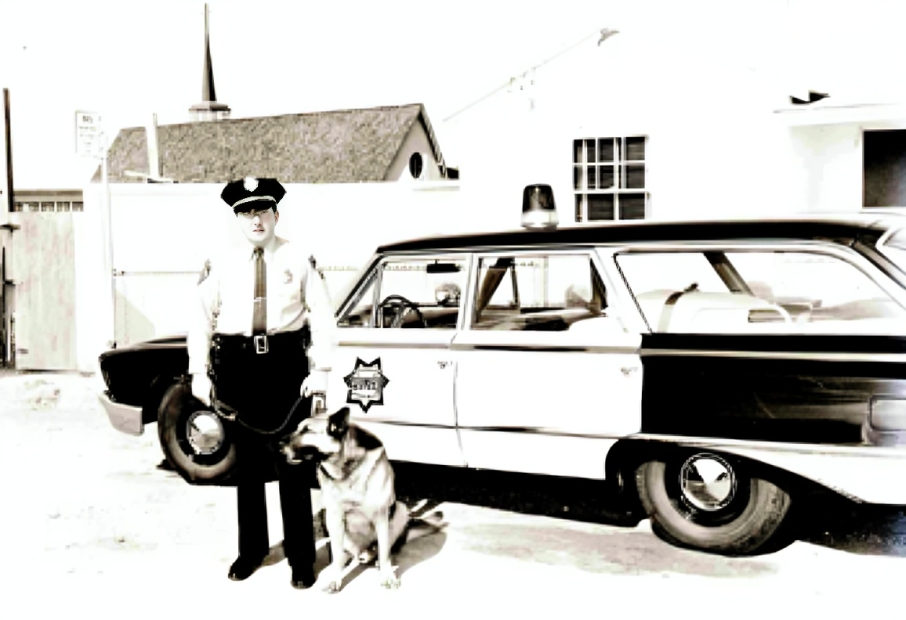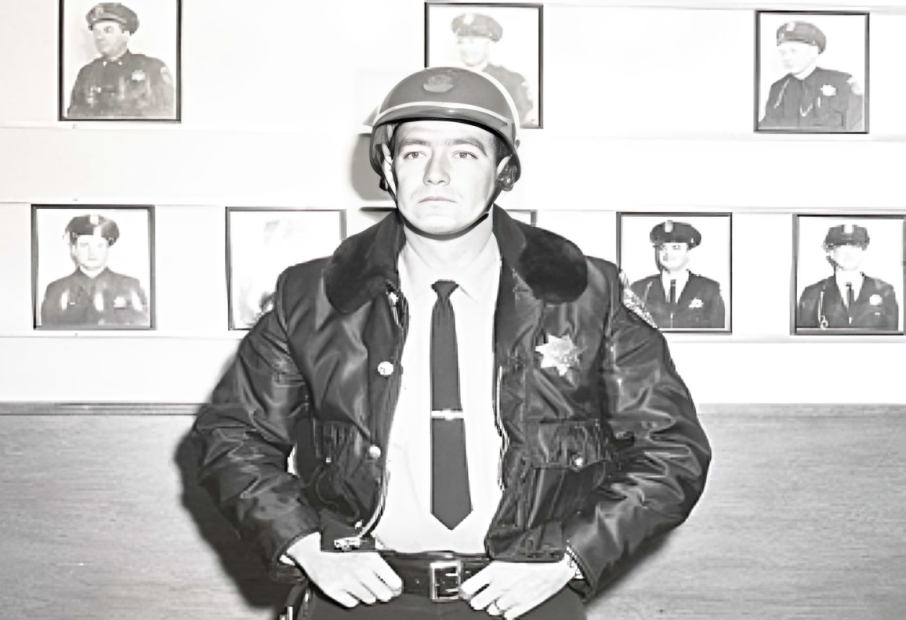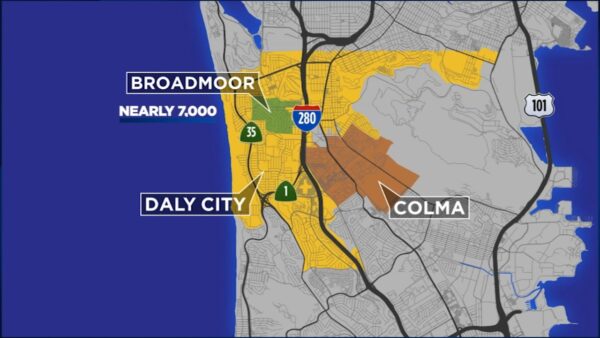Document Library
Welcome To Broadmoor
A Community That Built Its Own Police Department
Broadmoor’s story began in 1948, when residents of this unincorporated community in northern San Mateo County decided to create their own police service.
At the time, law-enforcement coverage came from the San Mateo County Sheriff’s Office in Redwood City—nearly twenty miles away. Response times were slow, and residents wanted officers who knew their neighborhood.
Acting under the California Health and Safety Code, Broadmoor homeowners petitioned the County to form a Police Protection District.
On December 21, 1948, the Broadmoor Police Protection District (BPPD) was officially established by the County Board of Supervisors.
The new district originally covered about 2.5 square miles—roughly one and a half times the size of San Francisco’s Golden Gate Park—and included homes and small businesses stretching from Westlake south toward South San Francisco.
With a population of more than 5,000, Broadmoor was one of the largest unincorporated communities in northern San Mateo County.
That scale and diversity gave the community the means to sustain its own police department while preserving its small-town character.

Growth and Early Service
Transit and Connectivity
By the mid-1950s Broadmoor operated full-time patrols, its own dispatch center, and an ambulance service.
In 1957 the District began providing ambulance and radio-dispatch services for the Town of Colma, expanding in 1964 to include police patrols and investigations.
For nearly twenty years, Broadmoor’s officers served both Broadmoor and Colma, earning a reputation for professionalism and cooperation.
That partnership ended in 1976 when Colma established its own department—but Broadmoor’s standard of service and reliability never changed.
In the decades that followed, new highways and regional growth reshaped the Peninsula and permanently changed Broadmoor’s boundaries.
Long before freeways, rail lines and streetcars connected Broadmoor to San Francisco and the Peninsula, shaping its post-war growth.
The Southern Pacific Railroad’s Peninsula Line—now operated by Caltrain—has run along Broadmoor’s western edge since the late 19th century, crossing the area on the historic Colma Creek Trestle.
When BART expanded south in the 1960s and 1990s, its tracks were built parallel to the old Southern Pacific line, creating a shared rail corridor that still defines Broadmoor’s western boundary.
The nearby Colma BART Station, opened in 1996, reinforced Broadmoor’s role as a transit-connected community.
Although named for the neighboring town, the station lies entirely within the Broadmoor Police Protection District and is patrolled jointly by Broadmoor Police and BART Police.
This cooperative jurisdiction provides safety for thousands of commuters each day and highlights Broadmoor’s regional importance despite its compact size.
These rail corridors—and the connectivity they created—helped shape Broadmoor’s identity as one of San Mateo County’s most accessible communities, where local neighborhoods, highways, and railways intersect within a single square mile.

The Broadmoor Reserve Program
A cornerstone of Broadmoor’s success is its Police Reserve Program, established shortly after the District itself.
Reserve officers—trained and certified through POST—serve alongside full-time staff in every division.
They support patrol, investigations, technology, logistics, community engagement, and administration, providing surge capacity during emergencies and public events.
Many reserve members have gone on to full-time law-enforcement careers, making the program both a professional pipeline and a living expression of civic partnership.
Community First: Broadmoor’s Reserve Program carries forward the same spirit that created the District—neighbors stepping up to serve their community.
Highways and Change
El Camino Real – Broadmoors Main Artery
Two major transportation corridors—State Route 82 (El Camino Real) and later Interstate 280—transformed Broadmoor’s surroundings.
El Camino Real was once the Peninsula’s main north–south route, carrying commuters and commerce through Broadmoor’s eastern edge.
When Interstate 280 opened in the early 1970s, long-distance traffic shifted west, many roadside businesses closed or were annexed, and Broadmoor’s commercial tax base declined.
The freeway also re-drew neighborhood boundaries, isolating parts of the original district and leaving the compact, three-island footprint that exists today.
Although its area shrank, Broadmoor refocused on residential policing and community connection—adapting to a region reshaped by the modern freeway system.
Despite these regional changes, Broadmoor Police Department continues to hold law-enforcement jurisdiction on State Route 82 (El Camino Real) from San Pedro Road south to F Street.
Caltrans maintains the pavement and infrastructure, while Broadmoor officers handle traffic enforcement, collisions, and emergency response on both directions of travel as well as adjoining sidewalks and businesses.
This corridor remains one of Broadmoor’s busiest patrol zones, linking homes, shops, and commuters through the heart of the District.
Its continued jurisdiction underscores Broadmoor’s lasting role on one of California’s historic highways—a reminder that the District is geographically small yet operationally vital.
“El Camino Real is more than a roadway through Broadmoor—it’s the District’s link to the region and its most visible line of service.”


